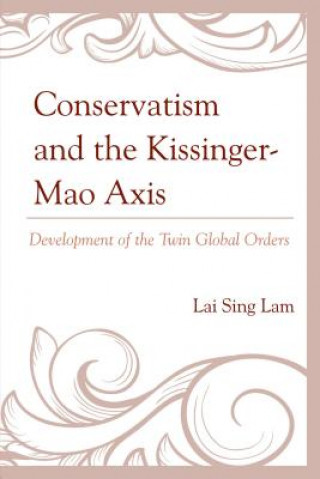
Kód: 09241067
Conservatism and the Kissinger-Mao Axis
Autor Lam Lai Sing
Kissinger's dual-purpose instrument of the U.S.- China and US-Soviet detente was devised to achieve a stable balance of power in the contemporary world in the second half of the 1960s. Stimulated by both Kissinger's doctrine and t ... celý popis
- Jazyk:
 Angličtina
Angličtina - Väzba: Pevná
- Počet strán: 236
Nakladateľ: Lexington Books, 2015
- Viac informácií o knihe

Mohlo by sa vám tiež páčiť
-

Mansions of Fire
26.97 € -

Human Trinity
26.35 € -

Jargonaut Express
25.22 € -
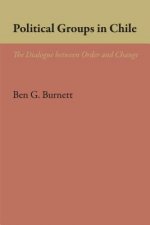
Political Groups in Chile
47.36 € -

In Nordrhein-Westfalen lebt die nördlichste Flamingo-Kolonie der Welt
9.67 € -10 % -

Hutte
32.63 € -

Gesunde Venen, schöne Beine
22.64 €
Darujte túto knihu ešte dnes
- Objednajte knihu a vyberte Zaslať ako darček.
- Obratom obdržíte darovací poukaz na knihu, ktorý môžete ihneď odovzdať obdarovanému.
- Knihu zašleme na adresu obdarovaného, o nič sa nestaráte.
Viac informácií o knihe Conservatism and the Kissinger-Mao Axis
Nákupom získate 415 bodov
 Anotácia knihy
Anotácia knihy
Kissinger's dual-purpose instrument of the U.S.- China and US-Soviet detente was devised to achieve a stable balance of power in the contemporary world in the second half of the 1960s. Stimulated by both Kissinger's doctrine and the historical novel, the Romance of the Three Kingdoms, Mao's global order of tripolarity was created to feature the new U.S.-China relations in the early 1970s with his initiative of the ping-pong diplomacy through this Kissinger-Mao axis. This made his quest for a modernization revolution possible with the Western market oriented approach. Strengthening Mao's modernization program, Xiaoping's "good-neighborhood" policy was designed to induce the world to help modernize China. Vitally including Russia with the collapse of the Soviet Union, Deng's policy helped maintain a peaceful and stable international environment, though it also marked the end of Mao's global order. Perceiving the PRC's rise as a threat to its dominance in the Asia Pacific region, the U.S. containment effort was enhanced with US-Japanese collusion and siding with the Philippines and Vietnam in relevant maritime disputes with the PRC. The U.S. united with the Republic of Korea, nations in Southeast Asia, and Australia in establishing a wide-range alliance to go against the "China threat". The post-Cold War, eastward expansion of the U.S.-led NATO and the Russian determination to be a great power again, contributed to tension with the United States. The Russian desire to maintain its nuclear deterrent capability was at odds with the U.S. missile defense plans. Thus, the U.S. deployment of its missile shield in Eastern Europe as part of its strategic configuration in Alaska and the Far East was to contain Russia from both the Far East and Europe.
 Parametre knihy
Parametre knihy
Zaradenie knihy Knihy po anglicky Society & social sciences Politics & government International relations
168.76 €
- Celý názov: Conservatism and the Kissinger-Mao Axis
- Podnázov: Development of the Twin Global Orders
- Autor: Lam Lai Sing
- Jazyk:
 Angličtina
Angličtina - Väzba: Pevná
- Počet strán: 236
- EAN: 9781498511391
- ISBN: 1498511392
- ID: 09241067
- Nakladateľ: Lexington Books
- Hmotnosť: 514 g
- Rozmery: 239 × 160 × 24 mm
- Dátum vydania: 20. May 2015
Obľúbené z iného súdka
-

Prisoners of Geography
11.21 € -23 % -
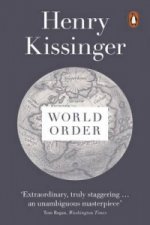
World Order
11.32 € -25 % -

On Palestine
10.60 € -22 % -

Grand Chessboard
22.13 € -

Lords of the Desert
9.57 € -24 % -
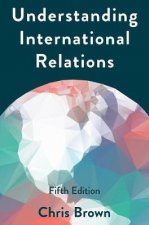
Understanding International Relations
47.87 € -9 % -

Writer, Sailor, Soldier, Spy
16.16 € -13 % -
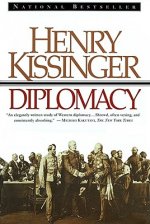
Diplomacy
16.98 € -24 % -
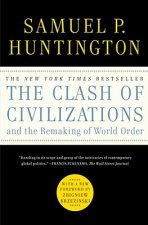
Clash of Civilizations and the Remaking of World Order
16.77 € -16 % -
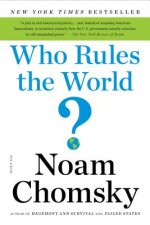
Who Rules the World?
16.67 € -22 % -

Righteous Victims
20.58 € -19 % -
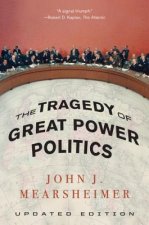
Tragedy of Great Power Politics
21.51 € -10 % -

Image and Reality of the Israel-Palestine Conflict
31.60 € -13 % -
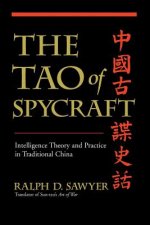
Tao Of Spycraft
43.24 € -

Rethinking Fiscal Policy after the Crisis
169.99 € -
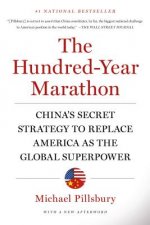
Hundred-Year Marathon
16.67 € -22 % -

Legacy of Ashes
17.91 € -14 % -
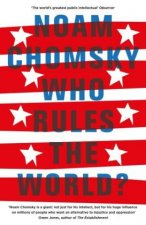
Who Rules the World?
11.32 € -25 % -

Adults In The Room
13.07 € -23 % -

Cold War
16.88 € -23 % -

America's Secret War
15.85 € -9 % -

My Nationalist Pony
37.06 € -

PostCapitalism
11.01 € -24 % -
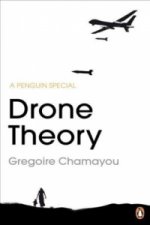
Drone Theory
10.18 € -22 % -
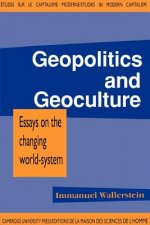
Geopolitics and Geoculture
33.04 € -4 % -
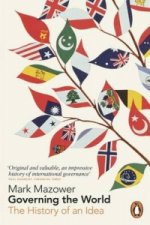
Governing the World
14.51 € -23 % -

Romania and the European Union
40.97 € -
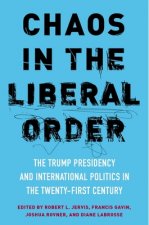
Chaos in the Liberal Order
25.42 € -24 % -
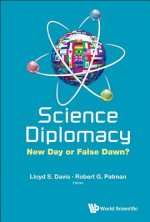
Science Diplomacy: New Day Or False Dawn?
139.93 € -

Human Rights and European Law
88.34 € -
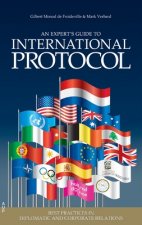
Experts' Guide to International Protocol
71.55 € -9 % -
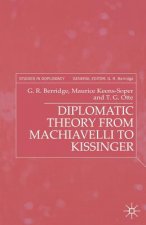
Diplomatic Theory from Machiavelli to Kissinger
215.82 € -

Rise and Kill First
16.57 € -24 % -

The Spy and the Traitor
11.01 € -24 % -

PEACE TO END ALL PEACE
21.20 € -23 % -

Dead Aid
16.77 € -9 % -
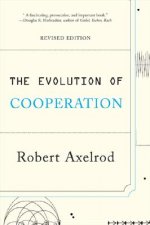
Evolution of Cooperation
19.25 € -

World Order
16.57 € -3 % -

Countdown to Zero Day
16.88 € -18 % -

Political Order and Political Decay
15.23 € -24 % -

Strategic Vision
16.26 € -21 % -

Secret World
18.42 € -24 % -
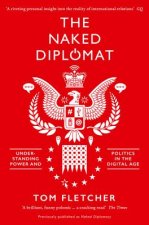
Naked Diplomat
14.51 € -23 % -

Planetary Cycles Mundane Astrology
20.07 € -

After the Empire
16.05 € -

Understanding the Intelligence Cycle
78.56 € -
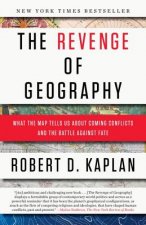
Revenge of Geography
18.42 € -21 % -
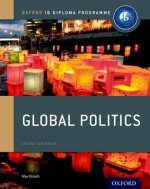
Oxford IB Diploma Programme: Global Politics Course Book
68.88 € -
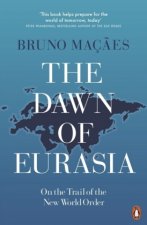
Dawn of Eurasia
12.35 € -23 %
Osobný odber Bratislava a 2642 dalších
Copyright ©2008-24 najlacnejsie-knihy.sk Všetky práva vyhradenéSúkromieCookies



 21 miliónov titulov
21 miliónov titulov Vrátenie do mesiaca
Vrátenie do mesiaca 02/210 210 99 (8-15.30h)
02/210 210 99 (8-15.30h)